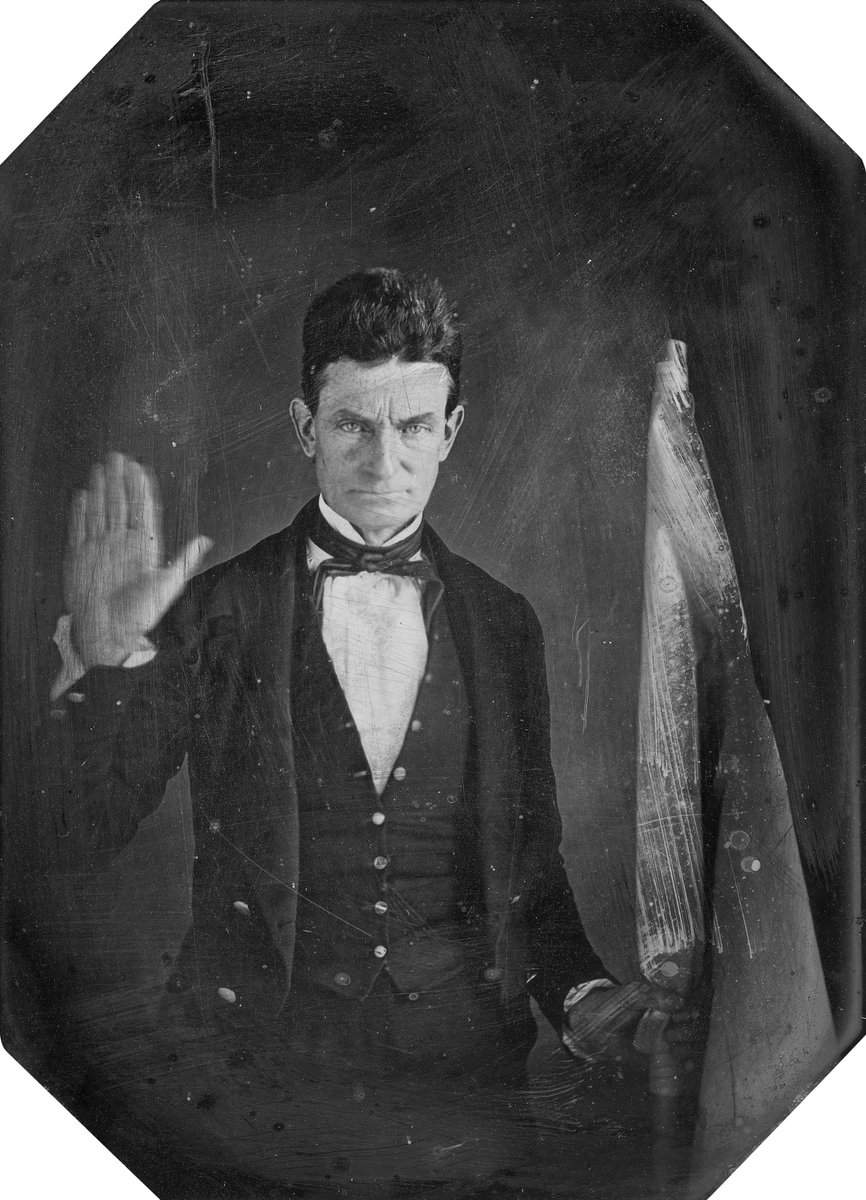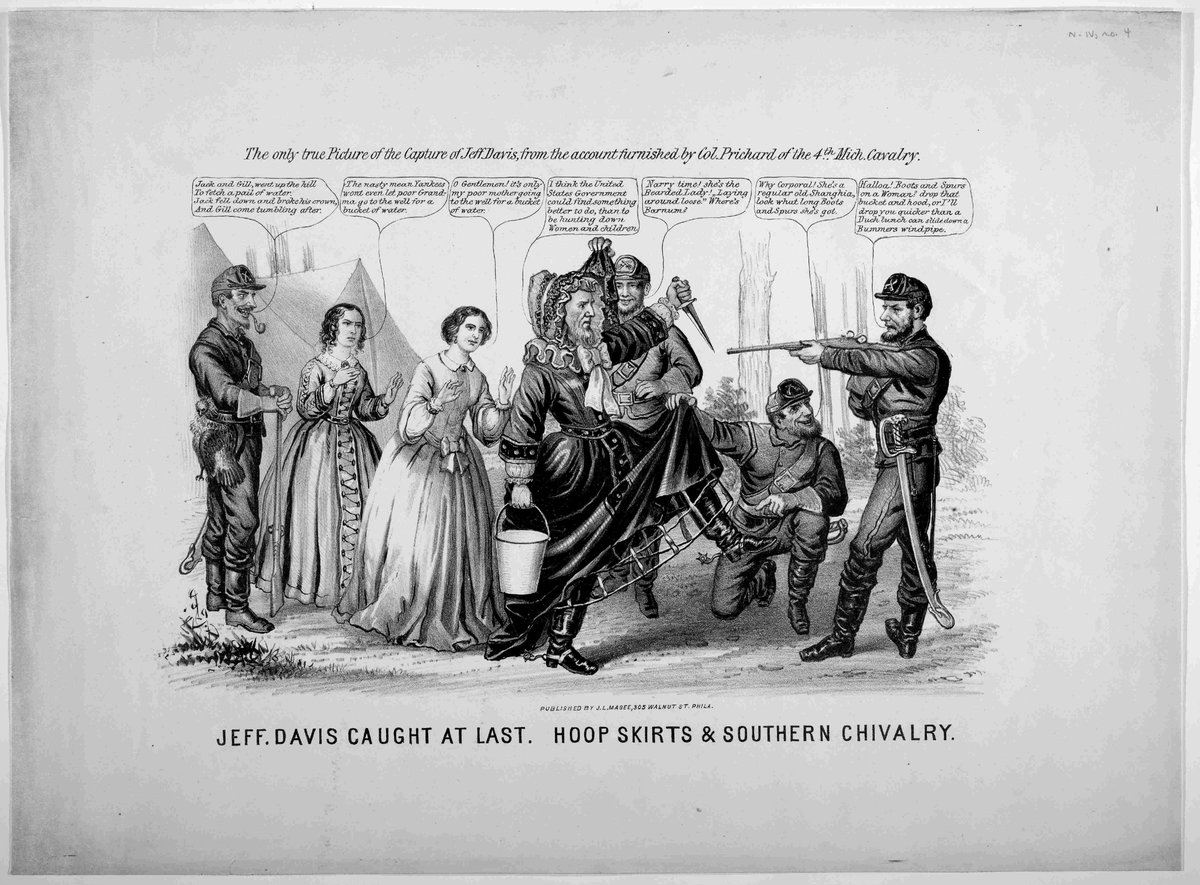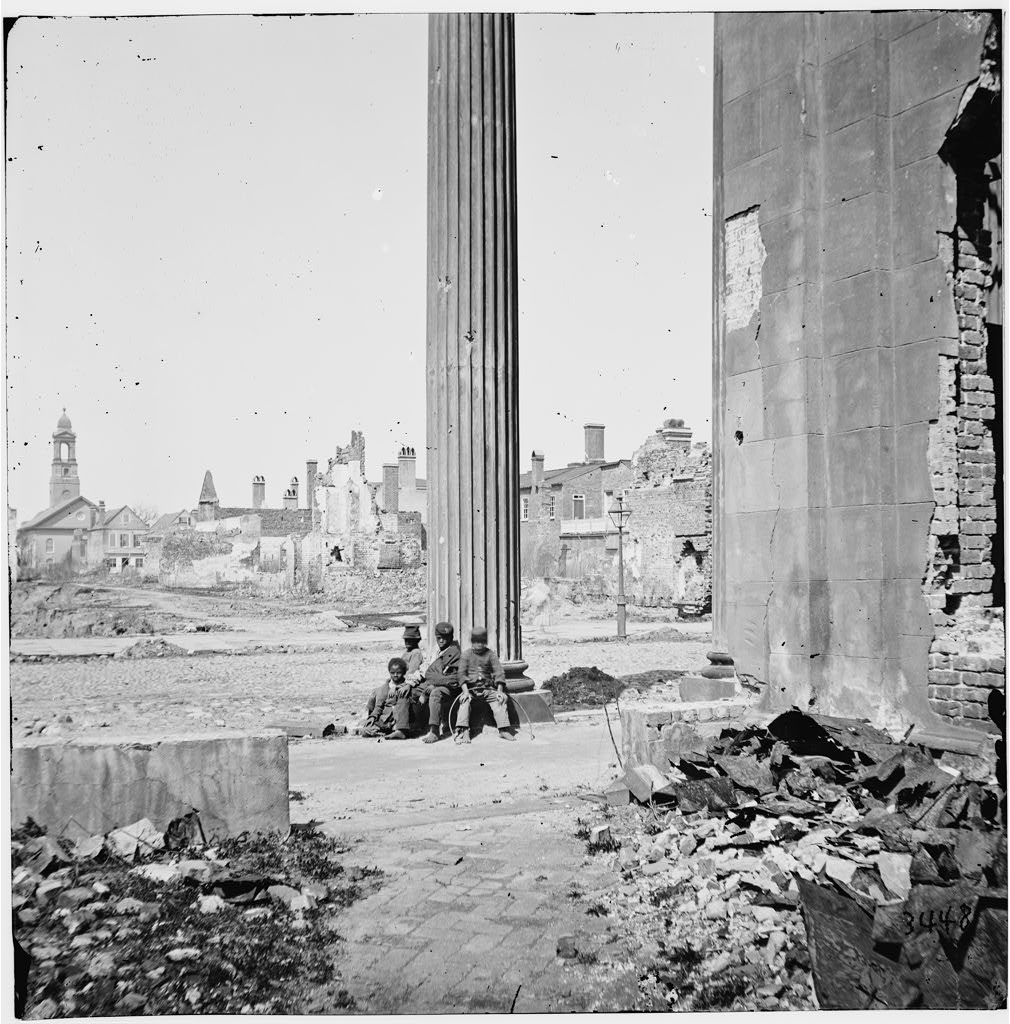
#OTD in 1916 a grand jury indicted Jesse Washington for the murder of Lucy Fryer near Waco, Texas. Fryer was brutally murdered in her home on May 8. The following thread recounts Washington's trial and lynching and contains disturbing details that might be triggering for some. 

Washington was quickly arrested and charged with Fryer's death. He was 17 years old, illiterate, and mentally disabled. Furthermore, he was questioned without a lawyer or his parents present, despite the fact he was a minor. Washington initially claimed he was innocent.
Washington had been working for Fryer's family for only five months when she was murdered. He was found by authorities sitting on his family's front porch. His shirt was bloody, which he claimed was because of a nose bleed. Locals quickly labeled him as the perpetrator.
He was arrested and questioned in Waco where investigators coerced confession from Washington. He signed a written confession with the letter "X," a confession which he could not read. Although a minor, neither a lawyer nor his parents were with him while he was interrogated.
According to the confession, Washington and Fryer got in an altercation, during which he hit her in the head repeatedly with a hammer and raped her before she died. During this time, a Black person accused of raping and killing a white woman was essentially a death sentence.
White newspapers published sensationalized accounts of the murder and the confession. A white lynch mob arrived at the Waco jail searching for Washington, but he had since been moved to a Dallas jail for his own safety.
Thousands of people traveled to Waco in the days leading up to the trial. The scene was being set. Jessie Washington was not going receive a fair trial, nor would he receive protection by local authorities. His fate would be left to the mob.
Washington's trial took place on May 15. An overwhelmingly white and hostile crowd descended upon the court house in McLennan County. One white man even pulled a gun on Washington. The presiding judge struggled to keep order.
Washington's lawyers were inexperienced and had not prepared a defense. When the judge asked for a plea, Washington simply responded, "yes." His response was interpreted as an admission of guilt.
The trial lasted just over an hour and an all-white jury convicted Washington after only four minutes of deliberation. He was sentenced to death. The white attendees shouted with excitement. Washington was seized by the white mob and dragged outside.
* Once again, the following account is extremely disturbing.*
Washington fought for his life, biting one man in a desperate attempt to defend himself. The mob wrapped a chain around Washington's neck and dragged him toward city hall, while he was beaten, stabbed, and stripped naked.
A wood pile was already assembled by the time the mob reached city hall with Washington. Still conscious, members of the mob cut off his fingers, toes, and genitals. The wood pile was ignited while Washington was dowsed with oil and raised over the fire. 

Washington was lowered into the flames and raised back up. This was done repeatedly. He tried to climb the chain to escape the flames but was burned alive in front a crowd of over 10,000 white men, women, and children. Photos of his corpse were printed onto post cards. 

Among those in attendance were Waco Mayor John Dollins and police chief Guy McNamara. The sheriff instructed his deputies to allow the lynching to occur. Washington's corpse was literally ripped apart and his body parts taken as souvenirs.
They tied what was left of his body behind a horse and dragged it around town in celebration. Washington's body was then put on public display before being buried later that day. His body was buried in an unmarked grave. Nobody was ever held accountable for his murder.
News of the lynching quickly spread though the press and reactions largely broke down along racial lines. Many white newspapers defended Washington's murder, claiming it was necessary to send a message to Black communities, while Black newspapers responded in outrage.
NAACP leader W.E.B. DuBois published an article about the lynching titled "The Waco Horror." The brutal details of Washington’s lynching helped spur the anti-lynching movement to national prominence. You can read DuBois’s piece here: credo.library.umass.edu/view/full/mums…
The NAACP sent Elisabeth Freeman to investigate the lynching. She concluded that white residents largely supported the lynching. Freeman also argued that Washington most likely killed Fryer, although historians such as Julie Armstrong (@civilrights_lit) have questioned that.
According to the @eji_org, Jessie Washington was one of over 4,400 Black people lynched in America between Reconstruction and WWII. eji.org
We did not post certain photos of Washington’s body in this thread out of respect for him and our followers. However, you can view them through the @librarycongress
Further reading:
"Mary Turner and the Memory of Lynching" (@UGAPress) by @civilrights_lit
"Lynching and Spectacle: Witnessing Racial Violence in America" (@UNC_Press) by Amy Louise Wood
@womnknowhistory
"Mary Turner and the Memory of Lynching" (@UGAPress) by @civilrights_lit
"Lynching and Spectacle: Witnessing Racial Violence in America" (@UNC_Press) by Amy Louise Wood
@womnknowhistory
"The Making of a Lynching Culture: Violence and Vigilantism in Central Texas, 1836-1916" (@IllinoisPress) by William D. Carrigan
"African Americans Confront Lynching: Strategies of Resistance from the Civil War to the Civil Rights Era" (@RLPGBooks) by Christopher Waldrep
"African Americans Confront Lynching: Strategies of Resistance from the Civil War to the Civil Rights Era" (@RLPGBooks) by Christopher Waldrep
@threadreaderapp unroll, please!
• • •
Missing some Tweet in this thread? You can try to
force a refresh

















